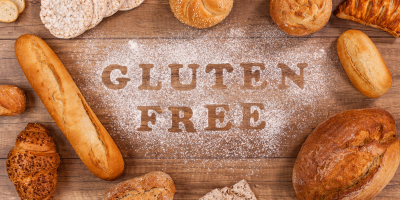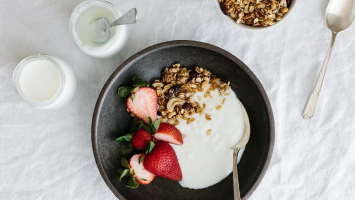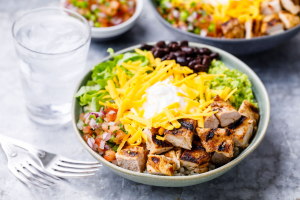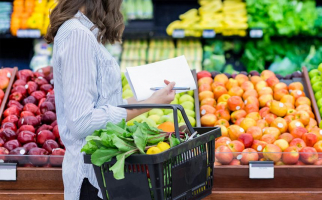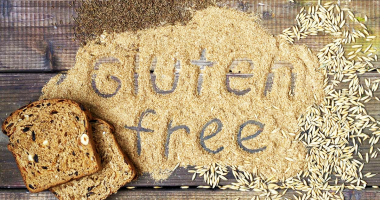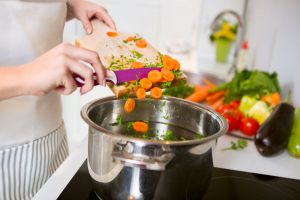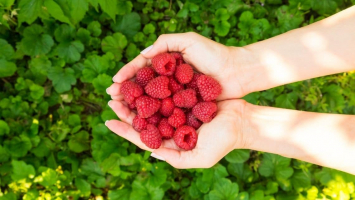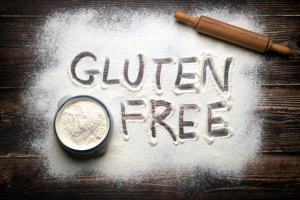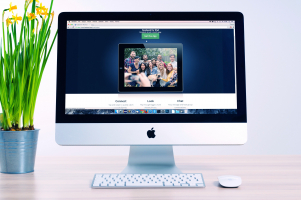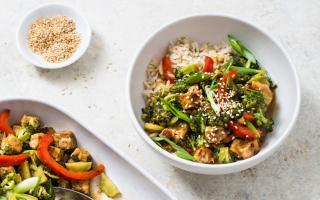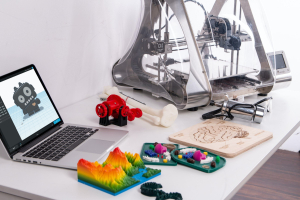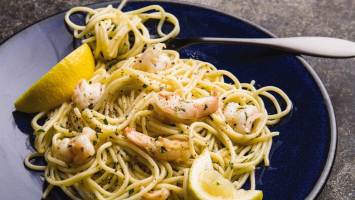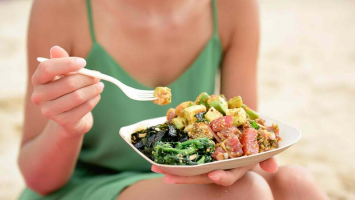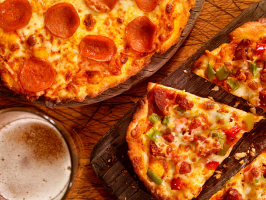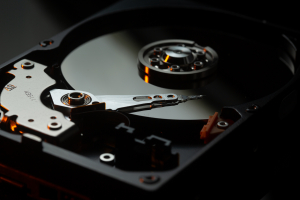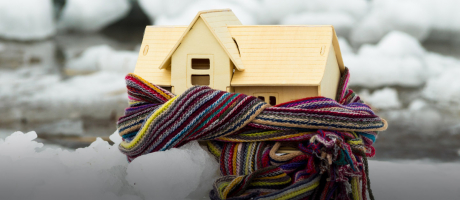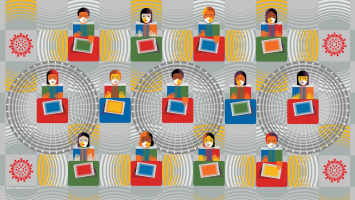Top 10 Steps to Get Started on a Gluten-Free Diet
You may feel overwhelmed if you've been diagnosed with celiac disease or gluten sensitivity, or if you're starting to follow a gluten-free diet for other ... read more...reasons. Understanding different ingredients, cooking techniques, and the best approach to get started on a gluten-free diet is a major lifestyle change. The steps below will help in making a simple and stress-free transition to a gluten-free lifestyle!
-
Wheat (all types), barley, and rye are grains that should be avoided if you are following a gluten-free diet. Bread, cereal, pasta, cookies, and cakes are among the most common gluten-containing foods. Gluten can also be found in less obvious places such as biscuits, flour tortillas, croutons, and a variety of snack foods.
Aside from cereals, gluten may be found in a variety of sauces and spices. Gluten is occasionally added to liquids to aid in the thickening process. Soy sauce, Worcestershire sauce, barbecue sauce, ketchup, marinades, gravy mixes, and spice blends should all be avoided. Furthermore, because many alcoholic beverages are made from wheat, they include gluten. When following a gluten-free diet, beverages such as beer, wine coolers, whiskey, and others should be avoided. Processed meats may contain gluten. Gluten-containing substances may be added during processing. Furthermore, various grains may be used in the production of meats, resulting in cross-contamination.
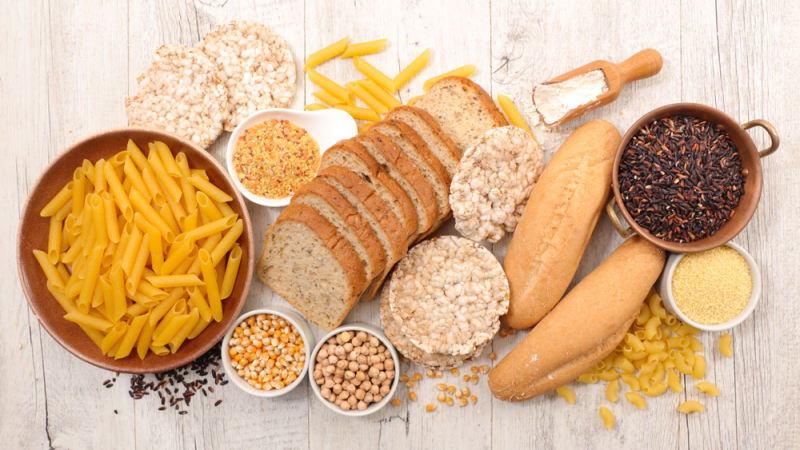
Learn which foods to avoid while following a gluten-free diet 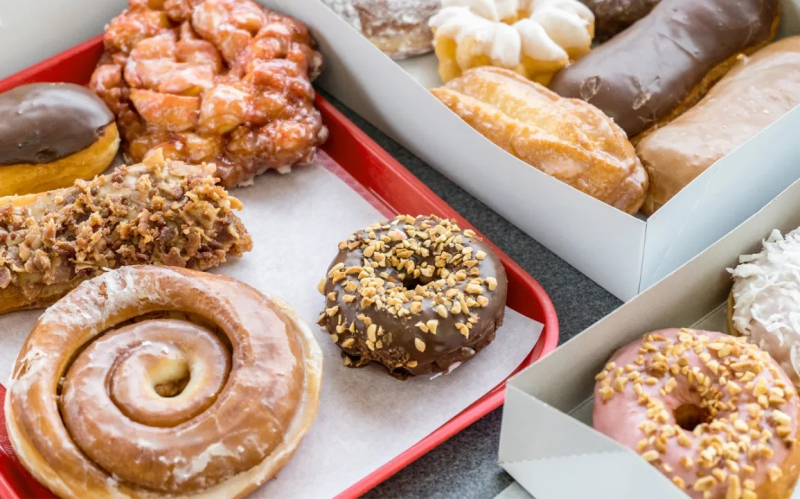
Learn which foods to avoid while following a gluten-free diet -
While adhering to a gluten-free diet may seem to be a difficult challenge, there are many naturally gluten-free foods to include in your diet. You might think that gluten-free means no grains, but there are many delicious gluten-free grains to try. Quinoa, rice, millet, and buckwheat, for example, are just a few of the numerous naturally gluten-free grains to try.
If you want to start baking but don't know where to begin, start with naturally gluten-free flours. Rice, corn, soy, potato, tapioca, quinoa, millet, coconut, arrowroot, flax, chia, yucca, or bean flours are examples. A large range of gluten-free pasta made from beans, corn, and quinoa is also available. Natural gluten-free foods are easily found in supermarkets. Fruits, vegetables, poultry, meats, fish, seafood, dairy, beans, and legumes will all be included. Many meal delivery services provide gluten-free meal plans that you may customize to your specific dietary requirements and food preferences. When it comes to being gluten-free, these easy meal delivery services can take the guesswork out of what foods to eat and what foods to avoid.
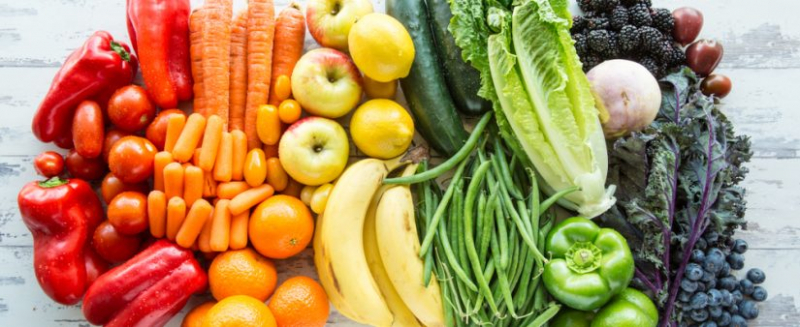
Learn Which Foods to Include 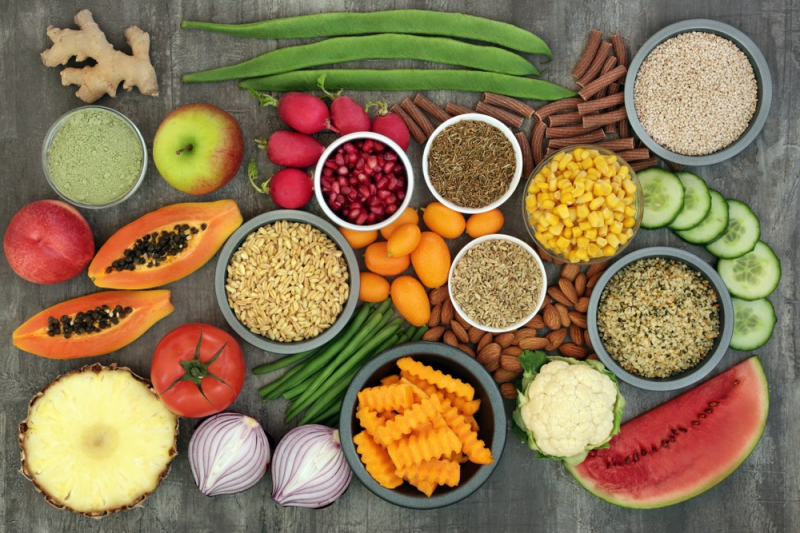
Learn Which Foods to Include -
To begin, throw out any gluten-containing foods that have already been opened or have expired, or store them in a separate part of the pantry. Gluten-containing foods that haven't been touched can be given to a food bank or a homeless shelter.
Next, prepare a list of gluten-free replacements for some of the discarded things that you enjoy and use frequently. If you enjoy baking and have just gotten rid of your flour, for example, you should replace it with gluten-free flour such as rice flour or coconut flour. If you don't live with someone who isn't going gluten-free, set up a part of your pantry for gluten-free foods to minimize confusion.
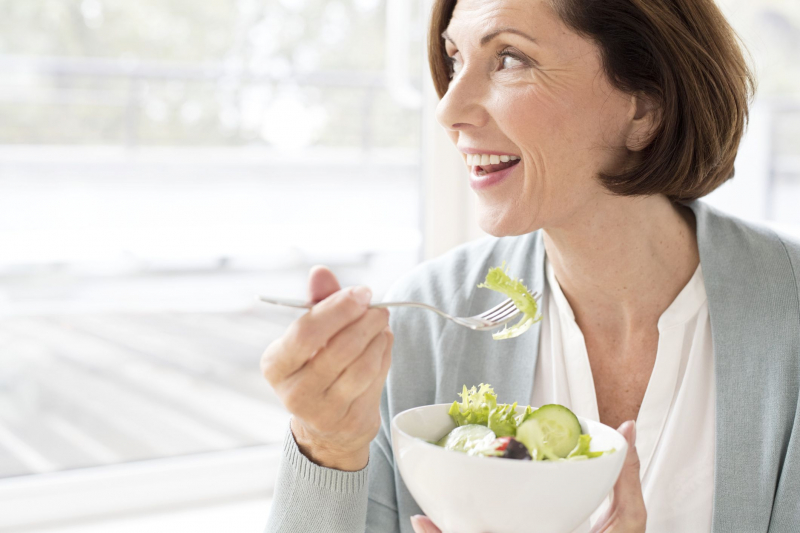
Clean Out Your Kitchen 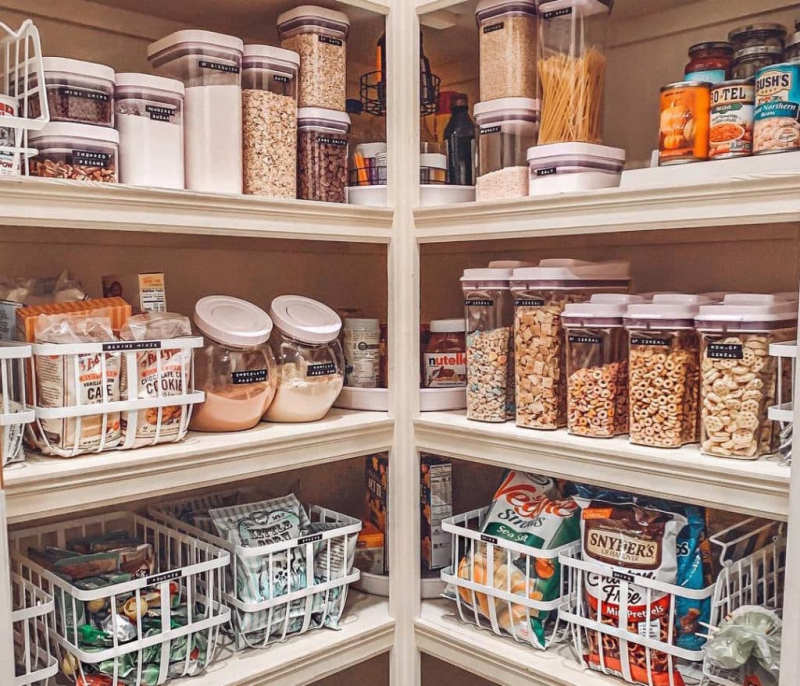
Clean Out Your Kitchen -
To ensure that the days of fast food and convenience foods are behind you, a well-balanced, gluten-free diet requires effort and planning. You'll want to keep track of the ingredients you have on hand as you prepare your meals. After that, you'll need to make a grocery list of the items you'll need.
It's essential to establish a plan for preparing for the next week. Some people, for example, find it useful to chop vegetables for the next week on Sundays and leave the majority of the cooking to weeknights. Others may choose to prepare their meals ahead of time and keep them in the refrigerator or freezer, allowing them to simply heat and eat during the week. Today, there're lots of prepared meal kits that give ready-to-eat, pre-made meals that are readily delivered to your home, avoiding "kitchen exhaustion", they offer reheat-and-eat meals that require no preparation or cleanup.
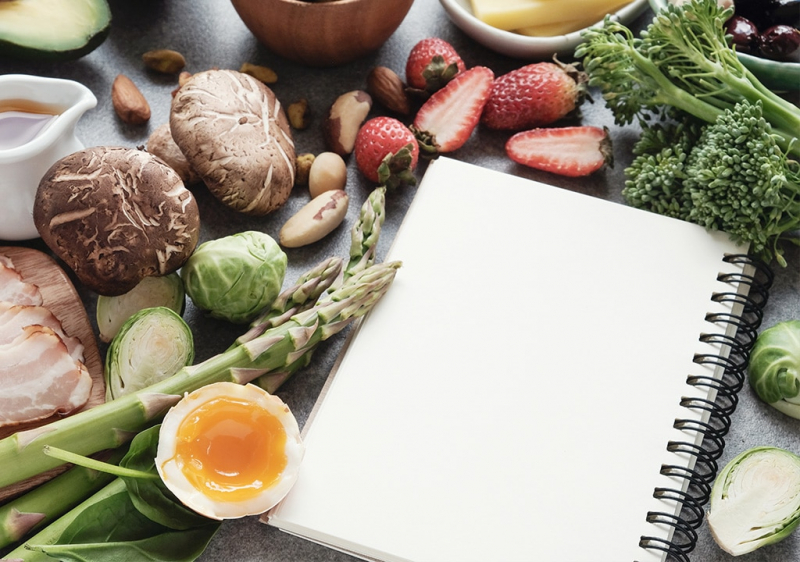
Embrace Meal Planning 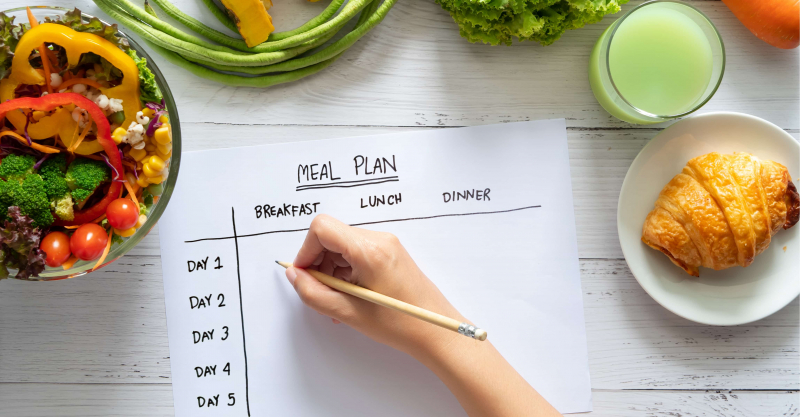
Embrace Meal Planning -
Knowing how to read a product label is essential when starting a gluten-free diet. Understanding product ingredient listings, as well as "gluten-free" claims on packaging, are all part of this.
Look for products with third-party gluten-free certification, such as the Gluten-Free Certification Organization (GFCO) logo, while shopping for gluten-free items. This mark indicates that the product's manufacturer has taken extensive precautions to avoid gluten cross-contamination and that the item has been independently tested to guarantee that it is gluten-free. You could come across products that are branded as "gluten-free." Food labeling laws do not require the disclosure of gluten-containing substances on food labels, therefore product makers can label something as "gluten-free". As a result, items labeled "gluten-free" may be prone to gluten cross-contamination and contain traces of gluten. For people with celiac disease or severe allergies, this is especially important. Because ingredients can change at any time without warning, it's critical to examine labels on a regular basis to verify you're truly avoiding gluten.
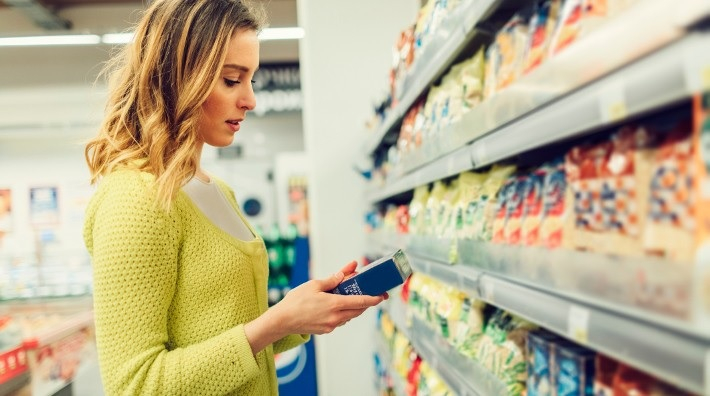
Learn to Read Food Labels 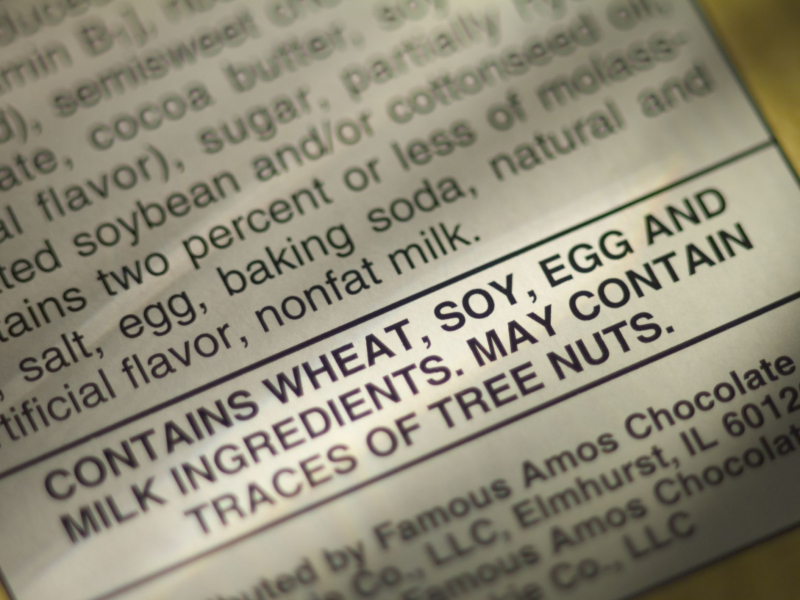
Learn to Read Food Labels -
While avoiding gluten might be difficult, having gluten-free apps on hand can help. Gluten-free apps may help you find gluten-free restaurants, give a variety of gluten-free recipes, and make gluten-free grocery shopping straightforward and easy.
For example, Find Me Gluten Free is a reliable eat-out reference for anyone following a gluten-free diet, with a 4.5-star rating. You may use the app to discover gluten-free-friendly restaurants, pubs, cafés, and grocery shops. To find gluten-free eateries that are acceptable for you, search your local region, input a specific address, or search destinations throughout the world. The app is powered by other gluten-free users' ratings and reviews, so you can get firsthand information on how safe a restaurant or meal is.
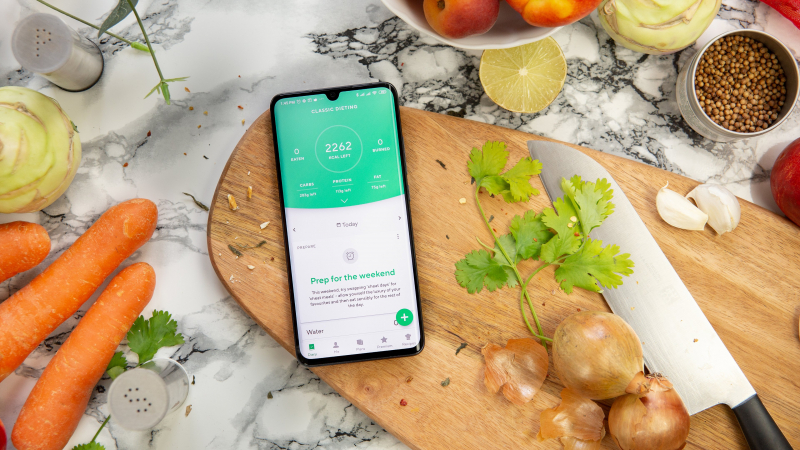
Download Gluten-Free Apps 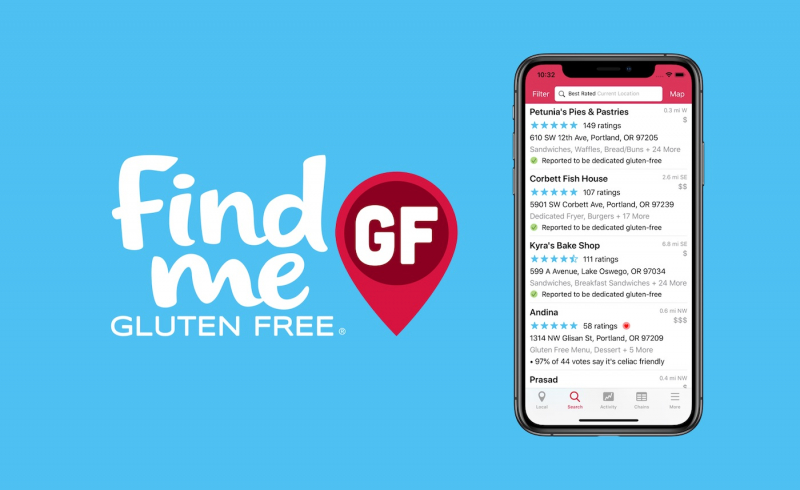
Download Gluten-Free Apps -
If you plan ahead, you will be able to enjoy a gluten-free restaurant meal whenever the opportunity to eat out has. To begin, look for a restaurant that offers a gluten-free menu or serves naturally gluten-free items such as non-breaded meats, chicken, fish, or tofu, as well as burgers with a gluten-free bun or no bun at all.
When you first try dining out gluten-free, be aware that many servers and even some chefs aren't very familiar with the gluten-free diet, and mistakes are pretty common. Stick with a restaurant (or a chain) that features a gluten-free menu since restaurants with gluten-free menus are more likely to have spent time on staff education. It is also wise to discuss your needs with your server, the chef, or a manager. You may also ask about menu options by calling ahead of time, ideally during non-peak hours. For example, you may inquire about which menu items can be made gluten-free and which menu items may contain gluten. Additionally, you can use gluten-free restaurant apps to find the best options.

Plan Ahead When Eating Out 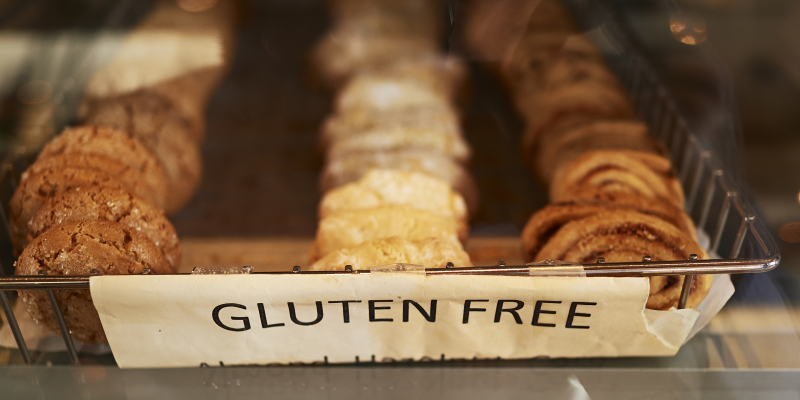
Plan Ahead When Eating Out -
In fact, gluten may be present in some of your medications and supplements. Even doctors who are aware that you have celiac disease or are trying to avoid gluten may be unaware that they are giving gluten-containing drugs.
It's crucial to examine the ingredients on your medicines and supplements to see whether they contain gluten. Your pharmacists, as well as the product's manufacturer, are good resources for determining whether or not your prescriptions, vitamins, or supplements are gluten-free. The National Institutes of Health also has a database called Daily Med that has a complete ingredient list of prescription and non-prescription medications to help you make sure your product is gluten-free.
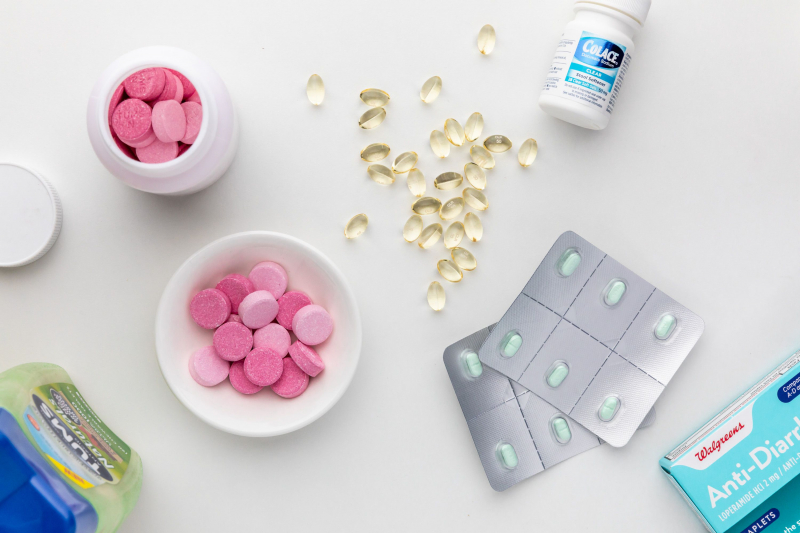
Check Your Medications and Supplements for Gluten 
Check Your Medications and Supplements for Gluten -
As with any major life change, managing a gluten-free life will involve some trial and error. This means you might ingest gluten by accident and have a negative response to it. In the worst-case situation, your symptoms may return for a day, a week, or even longer.
Unfortunately, once you've gone gluten-free, your body will be programmed to make a big deal out of even the little amount of gluten you eat. Most people (but not all) have a negative response to even minor quantities of cross-contamination. Learning your level of tolerance for gluten cross-contamination and what you can eat without having symptoms may take some time—probably months. It's easy to mentally blame yourself for your faults, especially if you're physically miserable. However, if you can, try to see them as a learning experience and focus on not making the same mistake repeatedly.
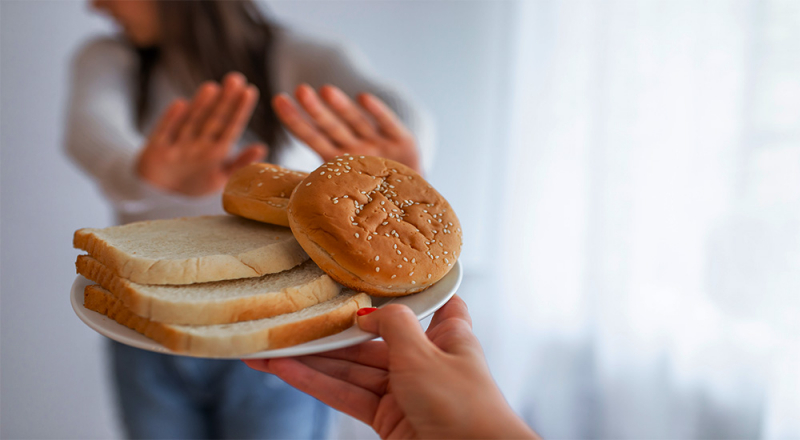
Check Your Medications and Supplements for Gluten 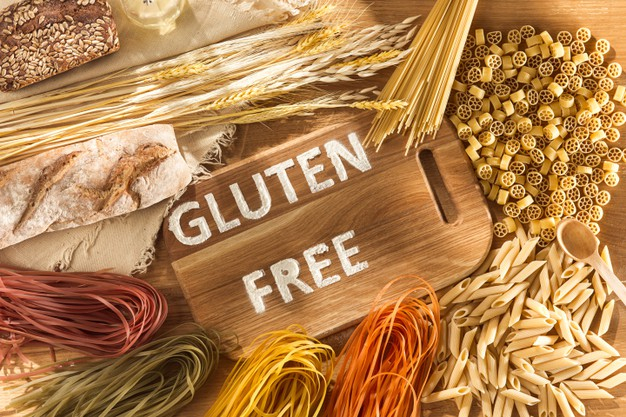
Check Your Medications and Supplements for Gluten -
Friends and family may offer to cook for you once you've gone gluten-free. However, unless you trust that person to avoid all gluten ingredients and cross-contamination, you might be better off bringing your own meals.
This diet has an incredibly high training time it's something a friend can master overnight, no matter how much they want to or how hard they try. Bringing your own food to get-togethers helps you to concentrate on the people rather than worrying about getting sick. You'll feel better, and your friends won't worry about making you ill. When you're gluten-free, the holidays may be difficult emotionally. To deal with them, make sure you always have something gluten-free and delicious on hand. Don't be afraid to treat yourself; you shouldn't feel starved while everyone else is enjoying good food.
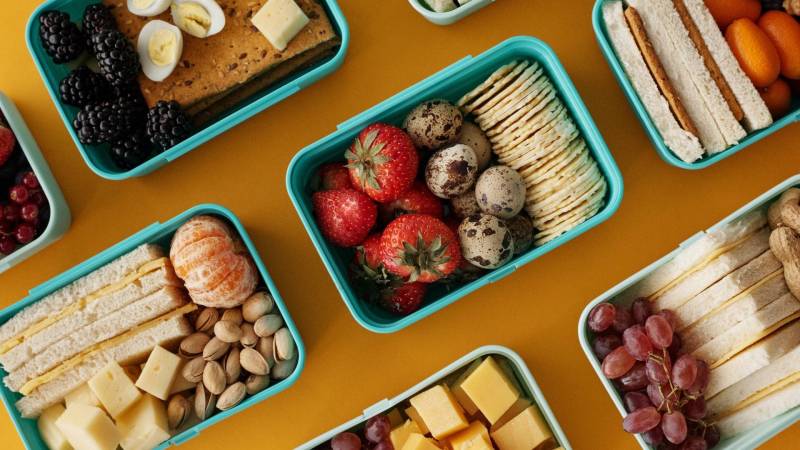
Consider Bringing Your Own Food 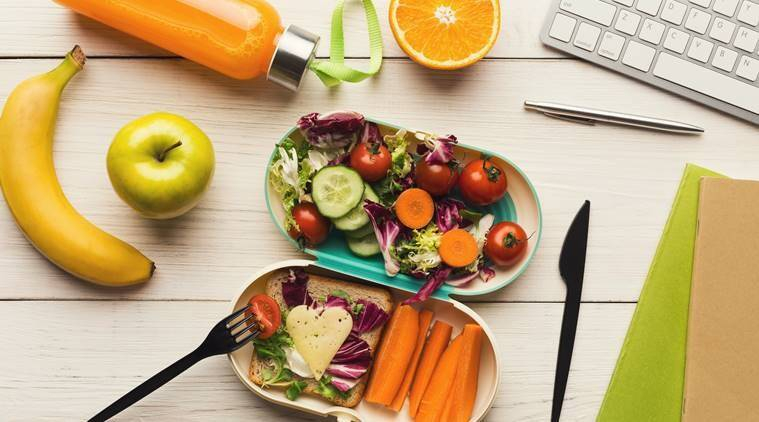
Consider Bringing Your Own Food












